How a brutal, crime-ridden Naples produced Caravaggio’s final masterpiece
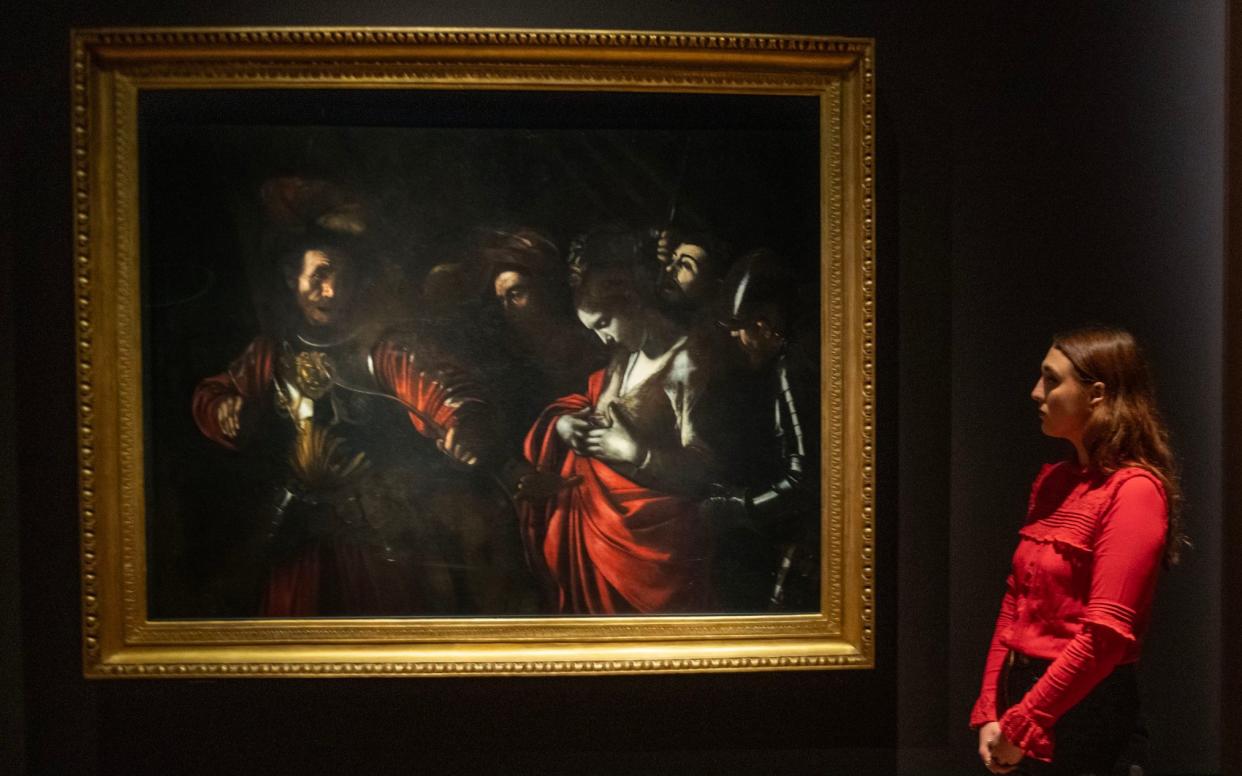
“See Naples and die.” So beautiful, in other words, is this great city that the experience of visiting cannot be topped. It’s an old adage, probably coined by the medieval Neapolitan tourist board. But when you stop to catch a view from a terrace or a balcony, you can see their point. The setting is glorious. The great bay glitters in the Mediterranean sun, the long arm of the Sorrento peninsula stretches out towards Capri and, looming to the south, is the shadowy bulk of Vesuvius. Sometimes snow-capped, occasionally smouldering, it always adds a sense of volcanic drama – and, let’s face it, a slight air of menace and excitement – to the scene.
There has, however, always been an unfortunate truth in associating Naples with death. The city may have a glorious and airy prospect, but it has long had a seedy side. Today, that is largely bound up with the dark dealings of the Camorra – the Neapolitan mafia – which remains all but invisible to tourists. One visitor, however, did get caught up with the low side of Naples, and died soon afterwards: the artist Caravaggio.
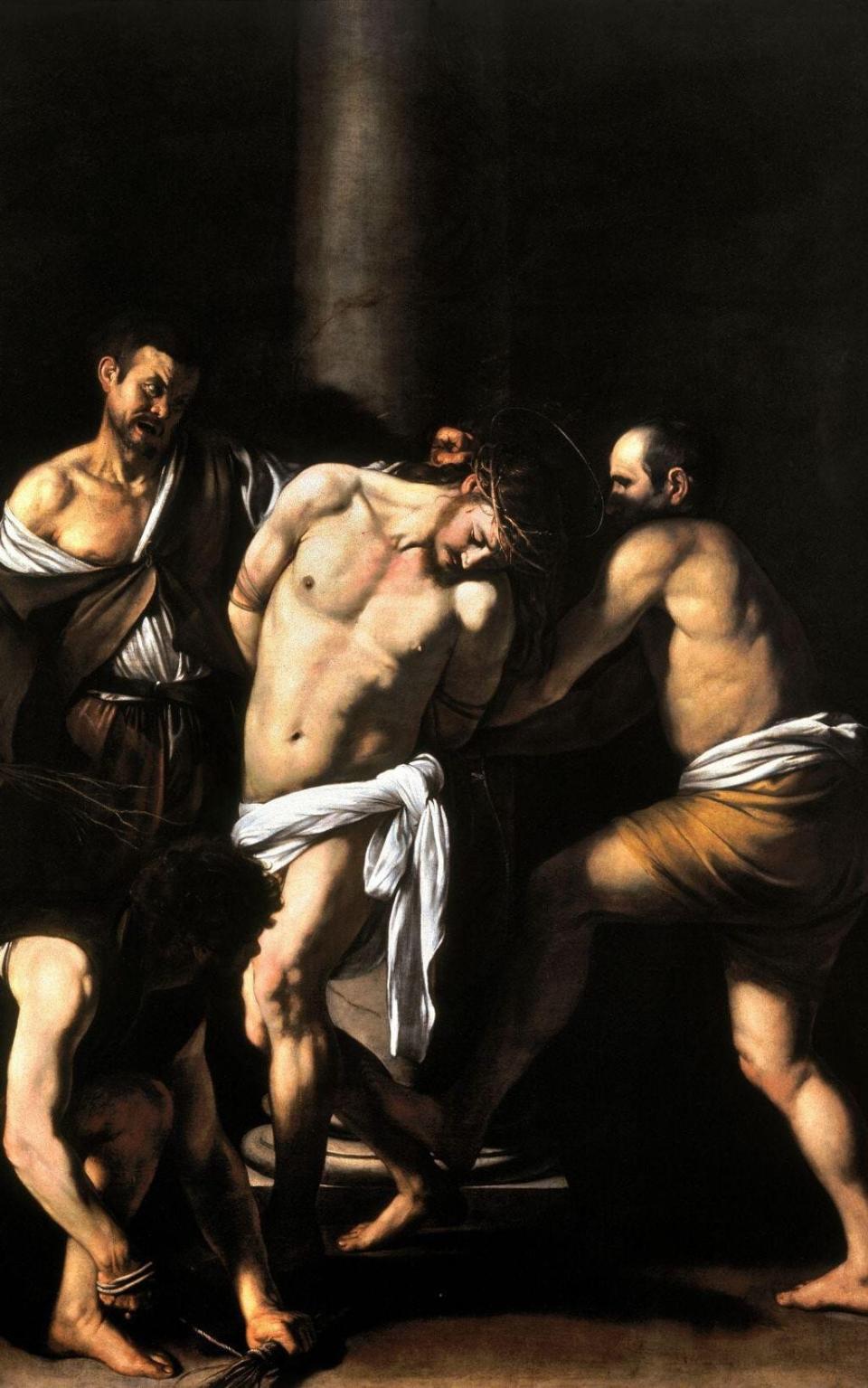
Crowded, intense and edgy
When he arrived here from Rome in the autumn of 1606, the city was in the middle of a transformation. Three times bigger than Rome, its economy was booming under Spanish rule and attracting huge numbers of immigrants. A ban on building outside the walls meant houses were being crammed into a grid of ever-narrower alleyways, rising six or seven storeys – twice as high as in any other Italian city. That tight network of streets still characterises the historical centre of what, even today, is the most crowded, most intense and edgiest of Italy’s mainland cities.
Caravaggio was welcomed into one of the grand palaces of Via Toledo (then and now, the main avenue of Naples). But he would have felt entirely at home in the back alleys too. He had already had a narrow escape from Rome after killing a love rival in a brawl (he was apparently trying to cut off his genitals). It was typical of a man with an unstable temperament who enjoyed the city’s taverns and brothels as much as he revelled in the palazzo society of his powerful patrons. But even they couldn’t protect him from a murder charge, and he had to head south to avoid arrest.
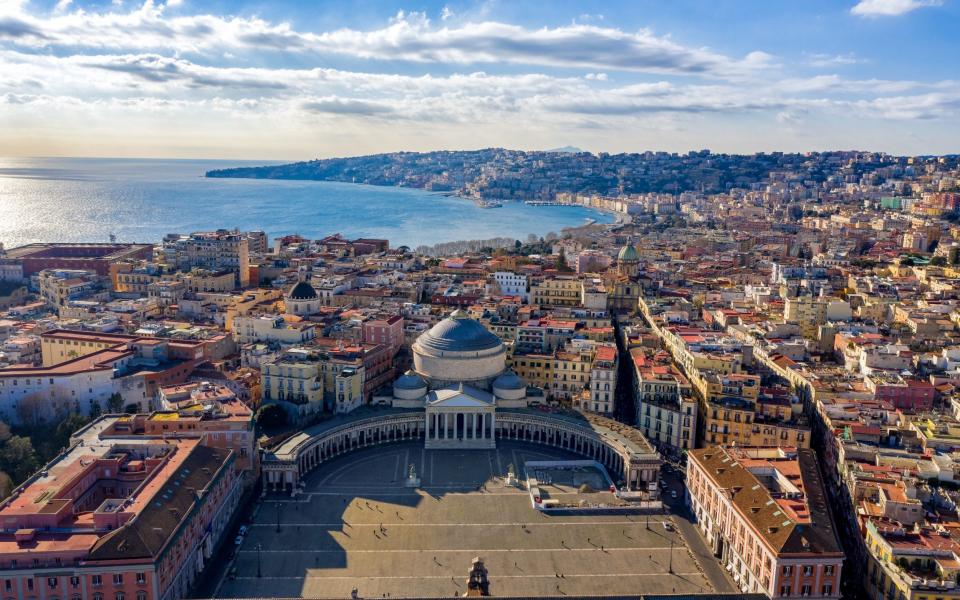
Naples society didn’t care about his reputation as a street fighter, and was dazzled by his talent. He was the most famous painter in Italy, a country where art was of the utmost social and spiritual importance. I can’t help thinking of the analogies with Diego Maradona in 1984. Another troubled and unpredictable virtuoso, he had just left Barcelona after headbutting an opponent during the cup final. But the Neapolitans didn’t care; it was his footballing genius that they craved, and they got their reward. He soon propelled Napoli to the first Italian championship in their history and, 40 years on, his image still dominates the city’s souvenir stalls.
Four hundred years later, just three of Caravaggio’s images remain in the city. But they are three of his most brilliant paintings and they provide a fascinating insight into his time here. Indeed, the very first picture he made when he arrived, The Seven Acts of Mercy, is a direct evocation of the atmosphere of those teeming, threatening Neapolitan streets. Still owned by the charitable institution which originally made the commission, it is a claustrophobic night scene set in a pitch-black alley. A single flaming torch illuminates a confusing mêlée of figures. One man has fallen to the ground and another, clearly dead, is being carried away. Hovering above, the Virgin and child look on with concern.
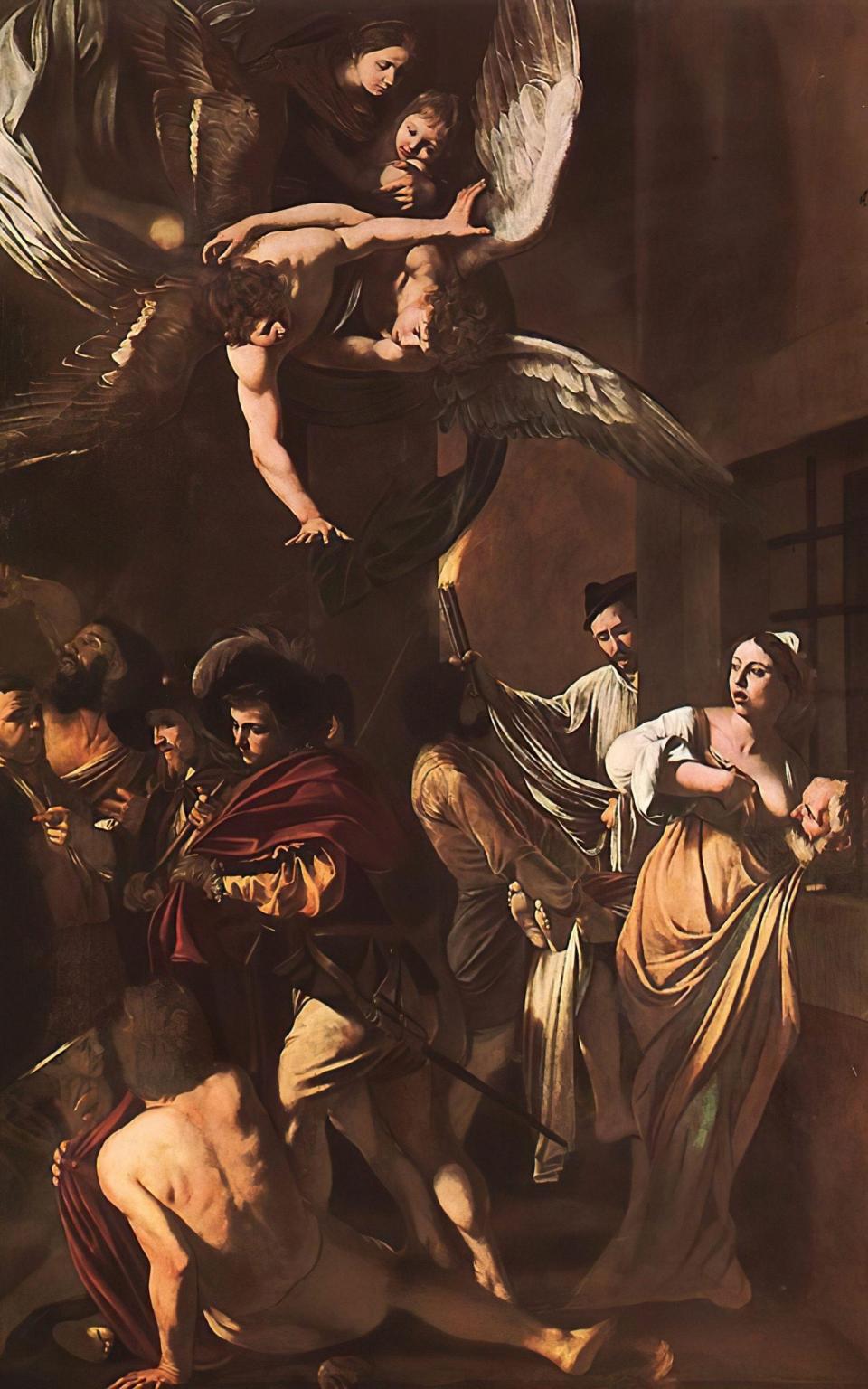
At first sight, it seems as though it must be the fallout of a street fight, like the one which Caravaggio had left behind in Rome a few weeks earlier. In reality, it’s a highly unusual morality painting which condenses all seven of the acts – including the burial of the dead, clothing the naked and sheltering the homeless – into one tableau. But because Caravaggio so loved making his religious scenes feel real and relevant, it also represents the neediness and vulnerability of those who lived on the city’s streets.
Tour de force of light and shade
There is suffering and compassion too in perhaps the most powerful painting he made, the Flagellation of Christ. It is a tour de force of light and shade, of menace and forbearance made by an artist at the height of his powers just before he left for Malta in the summer of 1607.
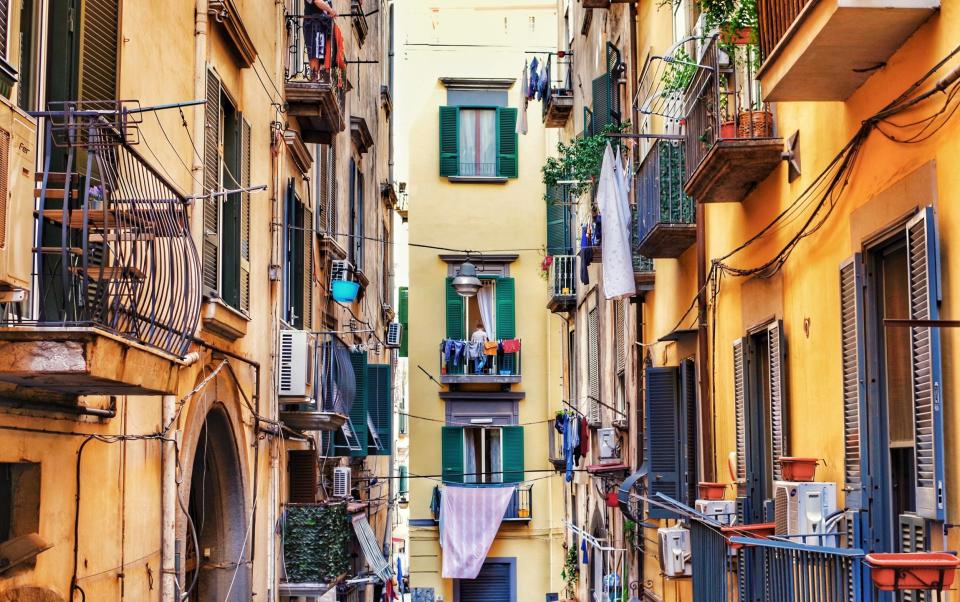
Two years later, he was back; but his past was catching up with him. As he left a brothel just off Via Toledo, his face was slashed by an unknown assailant, who had probably been contracted by an old enemy. In the aftermath, and no doubt suffering badly from his wounds, he made what was to be his last painting, The Martyrdom of St Ursula, which is also still in a Neapolitan collection. It too involves a brutal attack – the piercing of the saint’s breast by an arrow at close range. Behind her, in the shadows, a gasp of pain and dismay distorting his pallid features, is the face of the artist himself. It is our final glimpse of Caravaggio. Attempting to return to Rome a few weeks later, he died of a fever, probably connected with his injuries.
Caravaggio had seen Naples and died. But he also graced it with some of the most powerful and evocative works of art made in history.

Essentials
Romeo Napoli (00 39 081 017 5001; theromeocollection.com) has doubles from £511 per night.
Wizz Air (wizzair.com), easyJet (easyjet.com), British Airways (ba.com) and Ryanair (ryanair.com) all fly from UK airports to Naples, with returns from £48.
The Last Caravaggio will be at the National Gallery from April 18 to July 21. Admission free (nationalgallery.org.uk).


